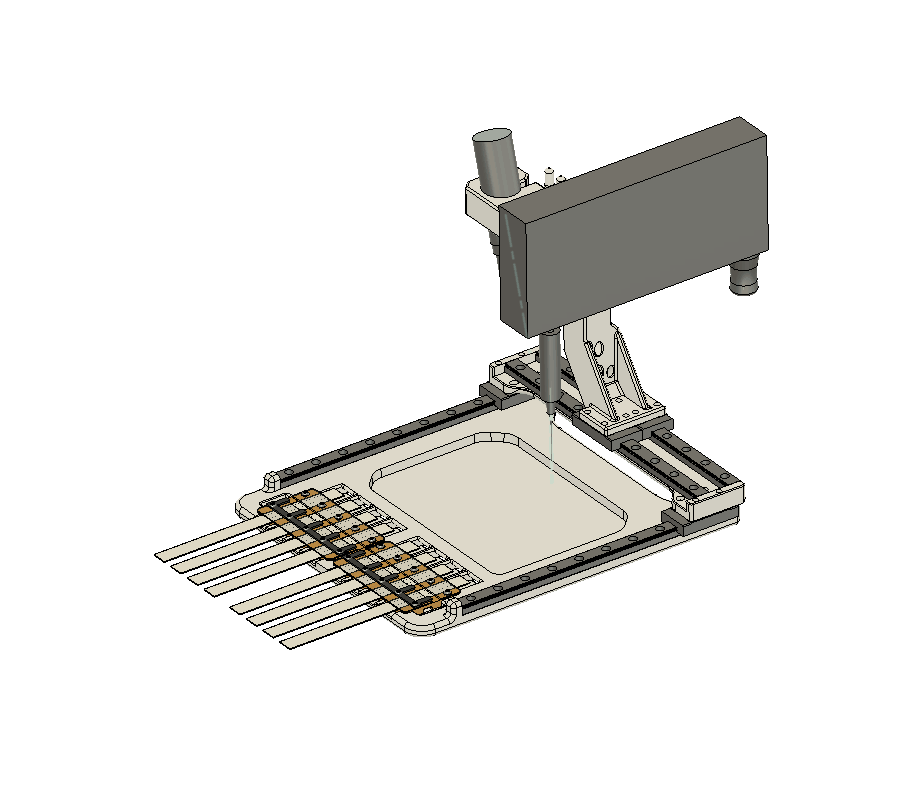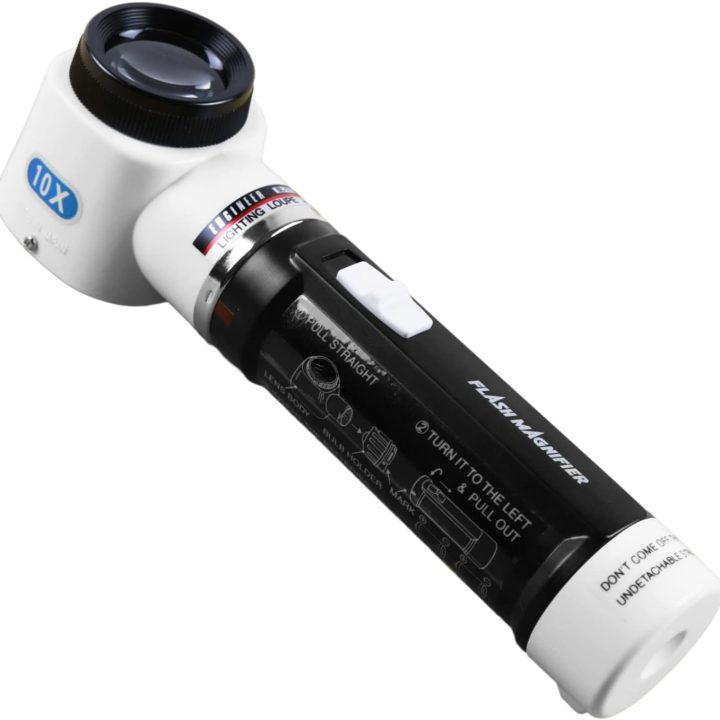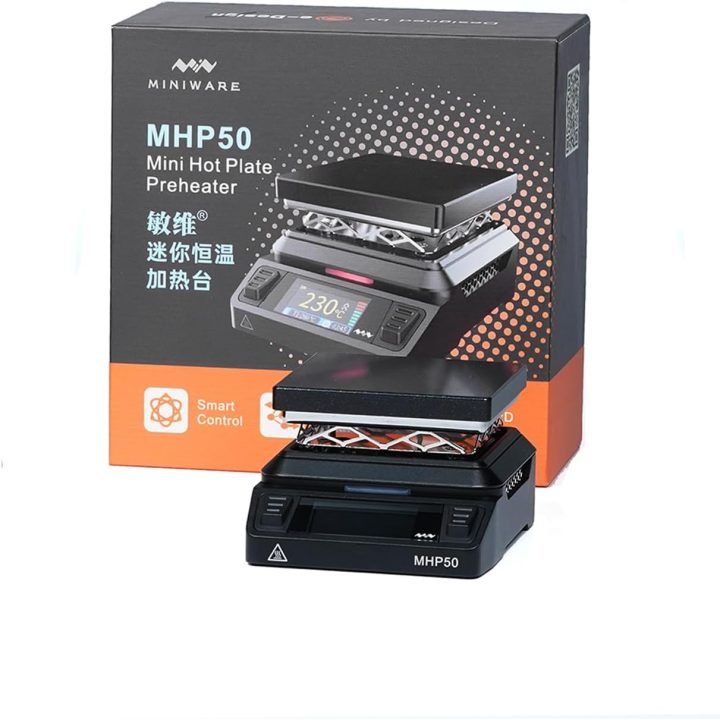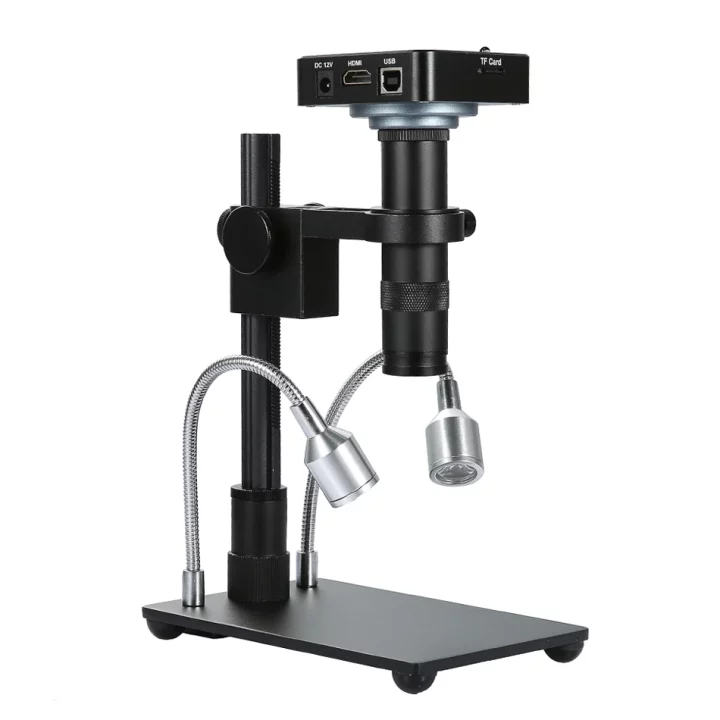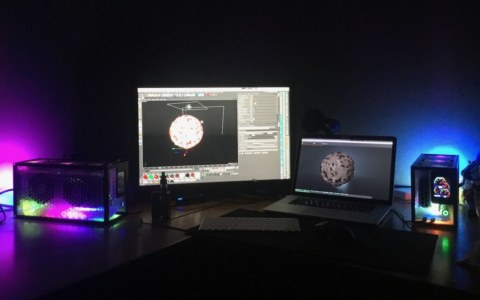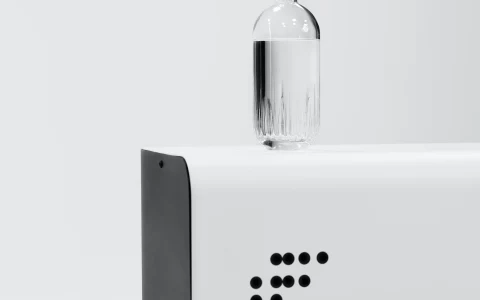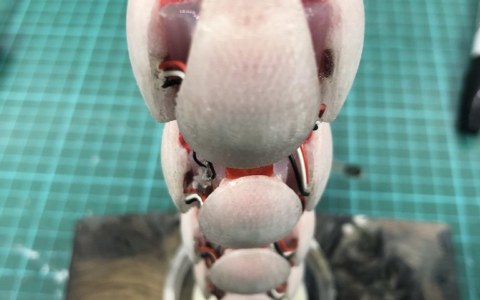Manual Pick N Place JIG
Manual Pick N Place JIG
A manual pick and place machine offers speed, precision, flexibility, and cost-efficiency, making it a valuable tool in the rapid prototyping. It allows for quick adjustments, hands-on control, and provides a deeper understanding of the assembly process important to anticipate potential production assembly issues. And of course, no assembly setup cost.
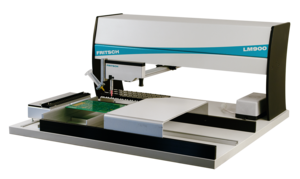
I was lucky enough to be offered an old Fritsch LM900 manual pick and place machine. I really love the precision and handling of the vacuum manipulator. It has an excellent automatic release mechanism and can rotate the component easily while maintaining position. Very Handy!
Measuring 700 x 680 x 340 mm, the full platform was unpractical in regards to the available workshop estate. I like the general momentum of the industrial tool miniaturisation with the “mini Desktop” form factor so decided to dismantle the manipulator, Watec camera (W131P analog, expensive but great quality – beware of latency with cheap digital camera) and designed a new frame for it.
For the design, needed to find a solution that could work for all the different designs I was working on, the biggest one being 40x20mm and has low as 0201 for some resistors.
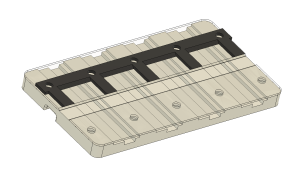
Ended up with swappable dual x4 feeder and fixture plate solution. Each plates would be paired with an other plate used as a jig to position pcb and solder mask (110×80 unframed simply taped on it – works surprisingly well) for solder paste application. Solder masking precision (placement / application) is as important as component placement precision. Taking time to perfect this process will greatly improve assembly quality and post processing. Having feeders grouped like so is also practical for organising assembly and storage.
I really like this setup. It is nimble, precise and practical.
A huge improvement would be a controllable breaking system on X & Y. I have not figured out an ergonomic solution yet using the Fritsch manipulator but if interest is shown for PnP in that form factor, I would be inclined to design a new vacuum manipulator / camera / lighting / braking system.
The Fritsch manipulator is great, but expensive and hard to buy on its own. And I believe the “mini Desktop” form factor is here to stay and that there is a huge potential market for hobbyist and professional alike for anything enabling a professional level DIY at home. I know, I am one of them : )
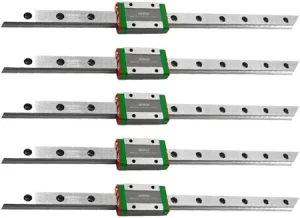
Note: Beware of those linear bearings. Manufacturing quality is critical. Especially important with micro movements for this case. Nothing more frustrating than overshooting multiple placement attempts because of the completely random changes in friction on both axis independently. Keeping in mind that, due to the magnification, camera misalignment (offset necessary to allow manipulator movement) and awkward cognition (doing something meticulously, with magnification, tilted, your eyes on a screen and not directly looking at the physical point of interest is cognitively taxing), manual component placement is a skill that needs practice, concentration and calm even with a very smooth handling. (avoid caffeine…)
Go for 150mm MGN7H HIWIN or LDO (if on a budget) from a reputable 3D printer accessory resellers.
Would also recommend light use of lithium based grease like the Mobilux EP 2 for a buttery smooth handling.
Additional gear
I would recommend the following tools to complement the setup.
- FlahMagnifier 10x. This is on of those cheap underrated tools.
Always carry one in my bag. - Mini Hot Plate such as the MHP50.
I also like to use the hot plate for repair work. Set to few degrees below melting point,
it becomes much easier to use a rework station heat gun.
Lower air temperature is needed, cooling time is extended and thermal stress reduced. - Usb powered LEDs (can be inserted into Jig’s arm with some tinkering)
- Microscope (using 200x / 2k / HDMI) A small investment but really great return.
Content : Base | Bridge | Arm | Feeder, Retainer, Top Plate | Blank Holder Plate | Blank SolderMask Plate

